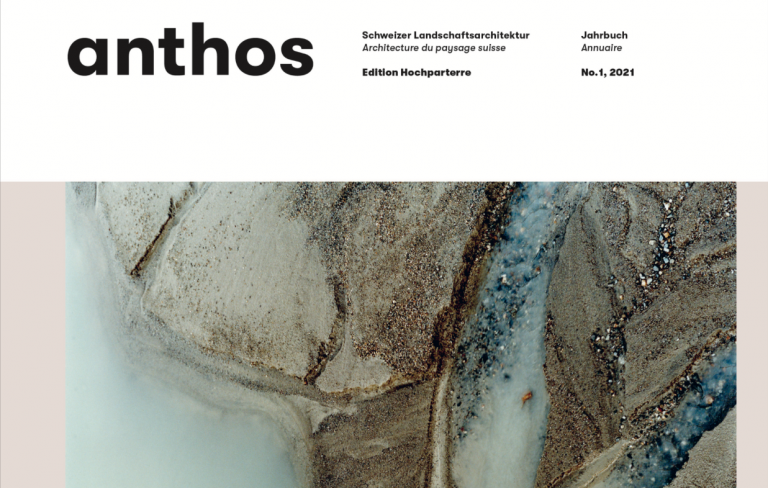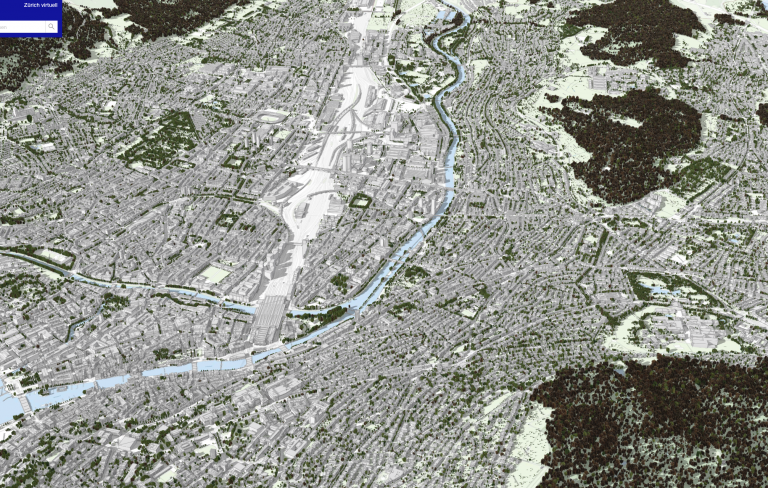A recently published article from the online platform dezeen presented 10 clifftop houses perched precariously on cliff edges, from a cabin in the Italian Alps to a villa on the Mexican Pacific coast. In her spectacular book “Living on the Edge”, author Agata Toromanoff has collected projects from around the world – all built on cliffs that seem to defy the laws of gravity. In the blurb of the work, the publisher writes: “Living on the cliffs is undoubtedly an adventurous prospect – the stunning vistas, unspoilt natural surroundings, and the quietness of remote locations with the flair of a hide-out, as well as the proximity to nature, whether an ocean front or a mountain range. From houses that already exist to visions of tomorrow, the projects gathered in this volume embrace challenges such as steep, rocky terrain, limited accessibility, extreme weather conditions, and preserving the natural environment. Architects around the globe demonstrate the most innovative solutions for sites where construction may seem unthinkable.”
Tormanoff’s 10 favorites are the following projects:
House in Los Vilos, Chile, by Ryue Nishizawa
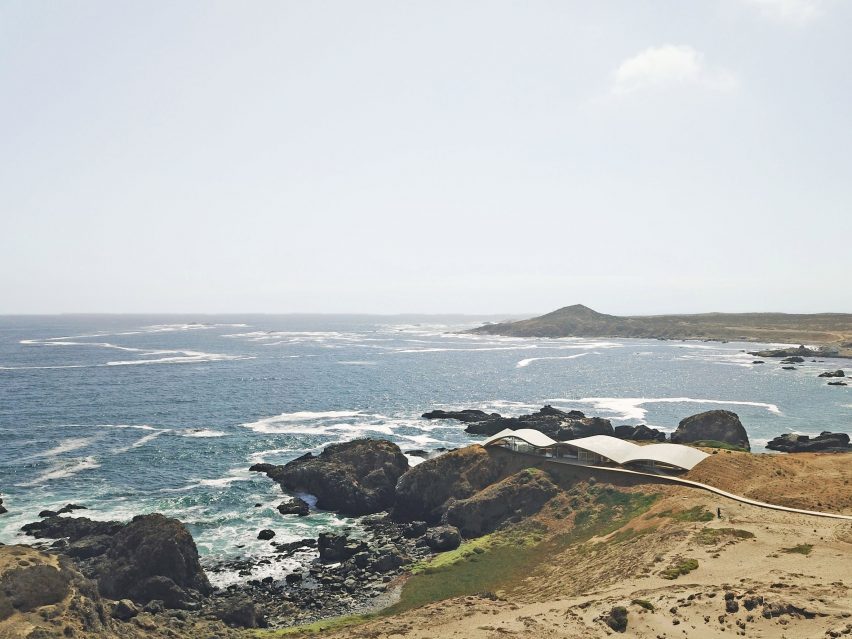
dezeen: “The house is like a wave crashing over a rocky shore. Most striking, however, is not the curvaceous form but the contrast between the expansive concrete roofing and the entirely transparent glass walls that open the interiors toward the landscape in various directions.” Photo by Philippe Godoy
Celvia House, Italy, by Stera Architects
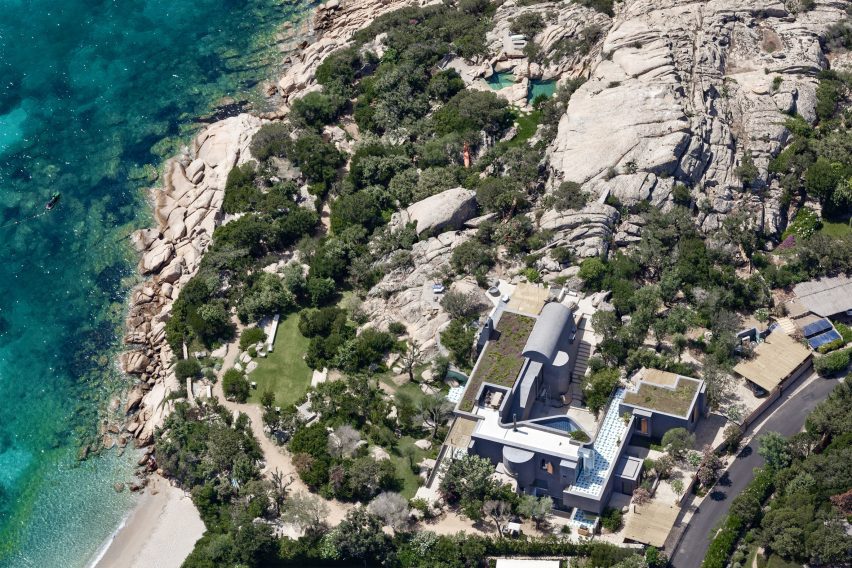
dezeen: “In a camouflage-like manner, the architecture echoes the textural as well as formal richness of the landscape and is integrated with the plants outside in an original way.” Photo by Tiziano Canu
The Rock, Canada, by Gort Scott
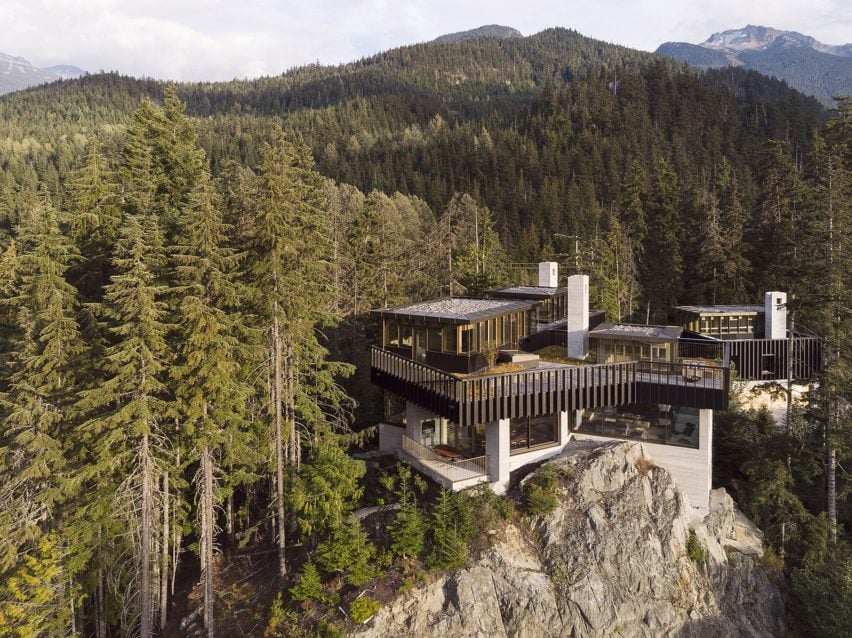
dezeen: “In this multi-level volume the studio coherently embraced the uniqueness of the site, its topography, lavish fauna, weather conditions, and stunning views. A significant portion of the walls are transparent to allow the interiors to breathe in the landscape from various perspectives.” Photo by Rory Gardiner
Concrete House, Spain, by Marià Castello and José Antonio Molina
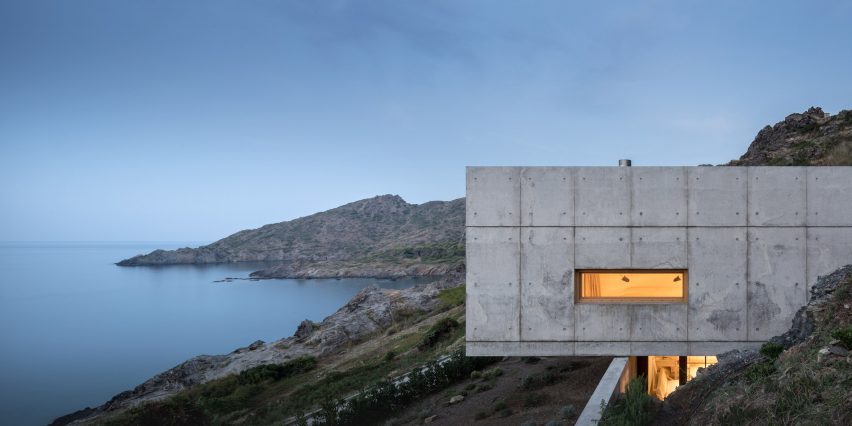
dezeen: “Designed around a series of patios, this coastal residence allows the inhabitants to enjoy outdoor life, while protecting them from the local strong winds.” Photo by Marià Castello
The Lap Pool House, Greece, by Aristides Dallas Architects
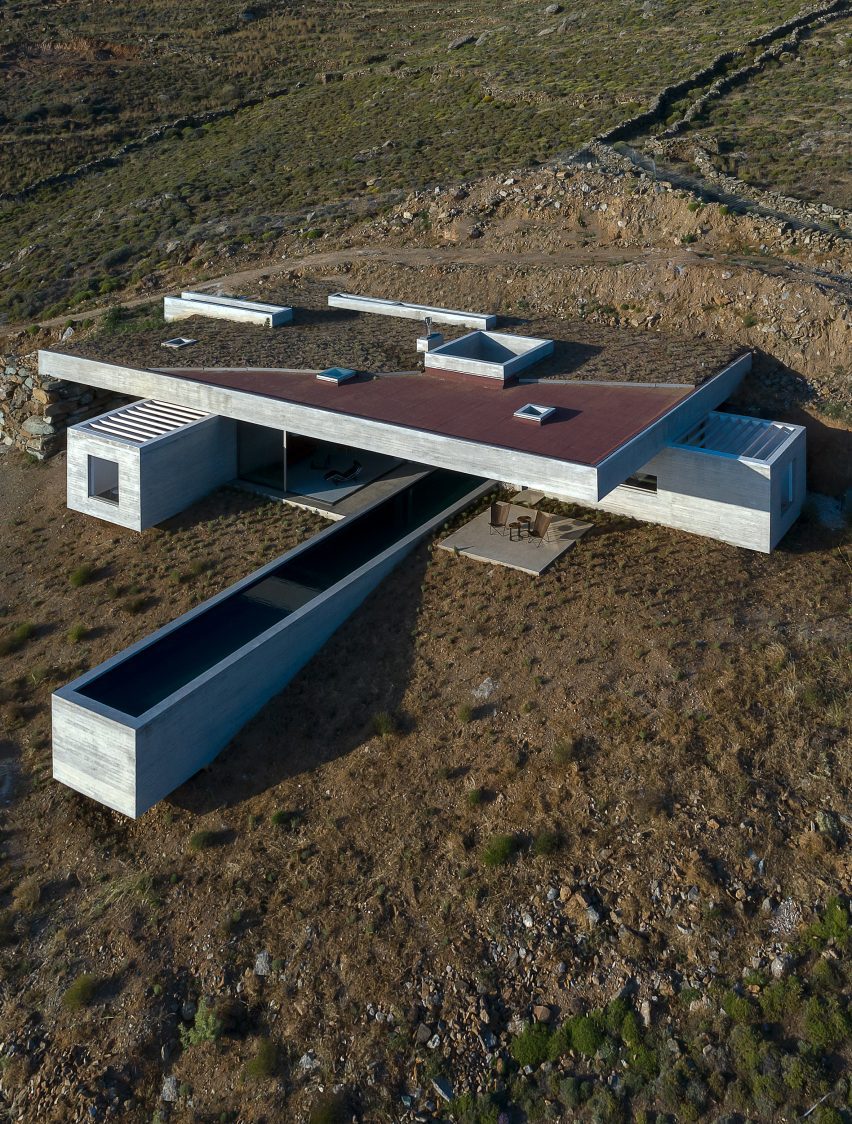
dezeen: “The Lap Pool House, which could be easily mistaken for a fanciful, futuristic version of a building, also employs sharp lines. Dynamically merged with the slope, the geometric volumes become a seamless extension of the landscape.” Photo by Panagiotis Voumvakis
Casa 3 Elementos, Argentina, by Agustín Lozada
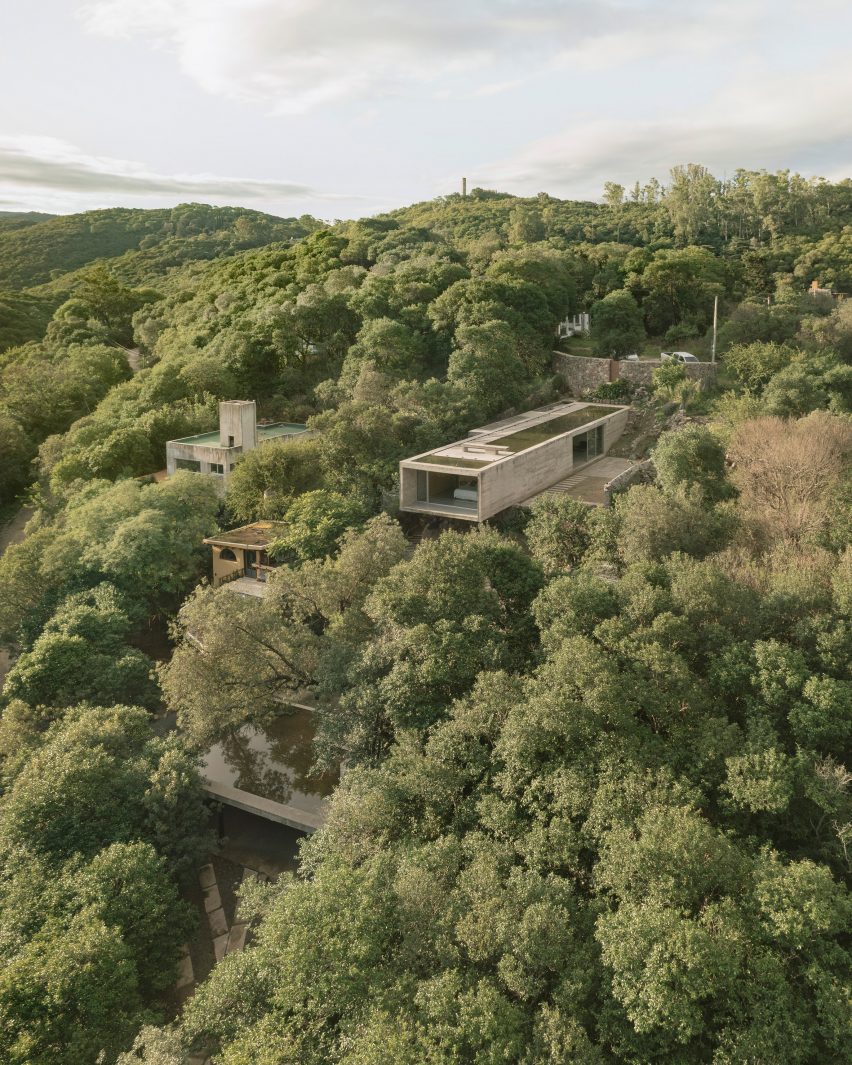
dezeen: “The tube-shaped volume reaching out into the landscape, like a telescope, is effectively finished with a full glass facade, inspiring meditative observation of the natural surroundings. The reduced palette of raw materials reinforces the camouflage effect.” Photo by Federico Cairoli
Casa en El Torón, Mexico, by Ignacio Urquiza Arquitectos
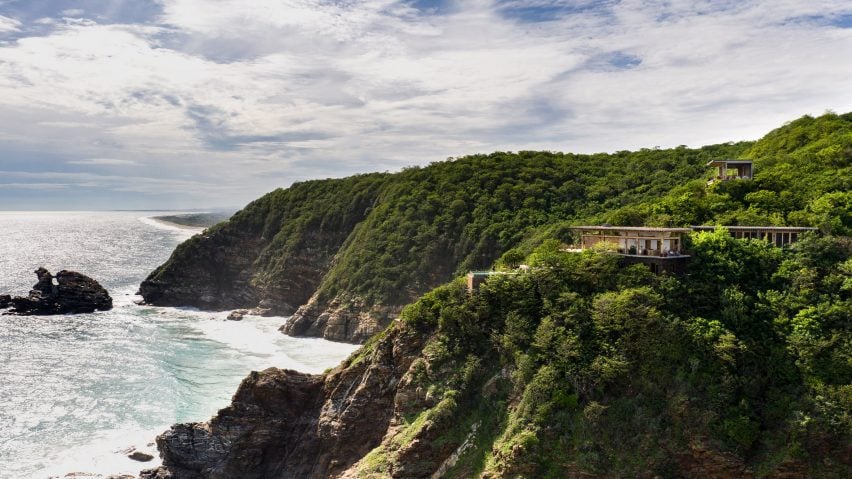
dezeen: “Constructed on a steep cliff in a natural reserve of Oaxaca on the Mexican Pacific coastline, Casa en El Torón was conceived to create a close relationship between the architecture and nature.” Photo by Onnis Luque
Malinka Gallery, Canada, by F2A Architecture
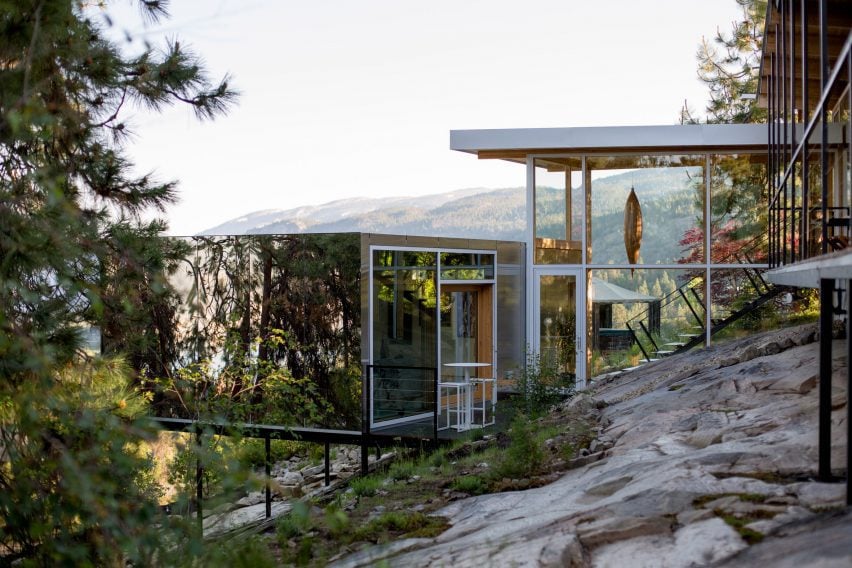
dezeen: “While the house literally sits on the bedrock, which became a part of the interiors, the gallery volume, placed on a steel platform supported by slim posts, seems to be floating in the air. This impression is enhanced by the mainly transparent or mirror-like facade.” Photo by Katie Huisman
Patio House, Greece, by OOAK
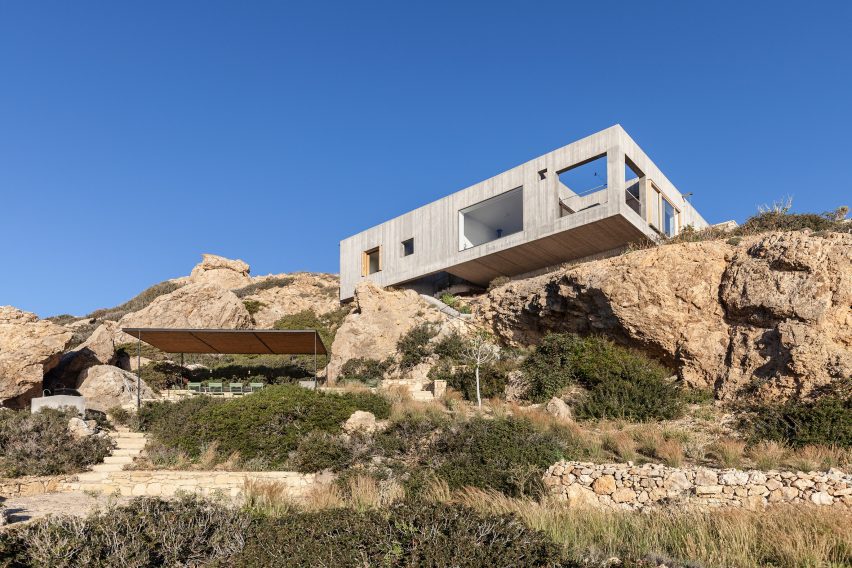
dezeen: “Seeming to slide off the hill, the Patio House is visually striking thanks to its equilibristic position, balancing over the clifftop.” Photo by Yorgos Kordakis
Bivouac Fanton, Italy, by Demogo
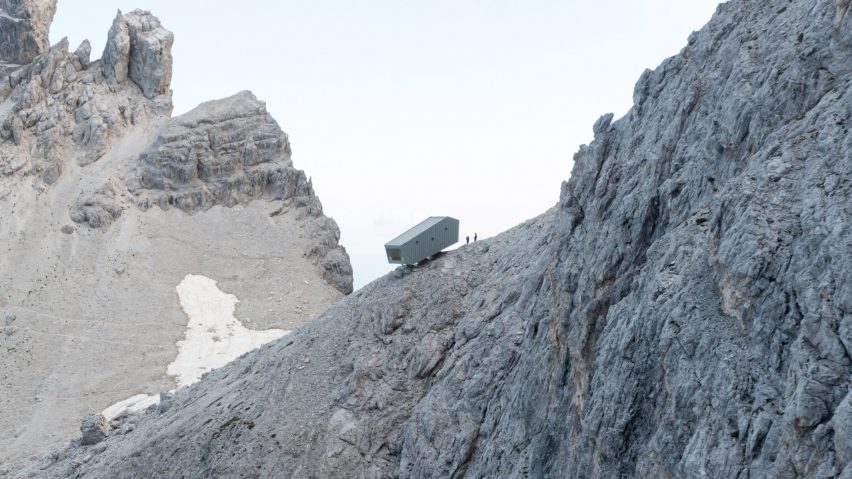
dezeen: “Bivouac Fanton’s shape has been inspired by nature, and its inclined profile adapts to the orography of the Marmole Arc in Italian Dolomites. (…) Anchored to rugged foundations, it has a striking feature – a full-wall, panoramic window at the end of the cabin that opens the 30-square-meter interior onto vast landscape.” Photo by Iwan Baan
